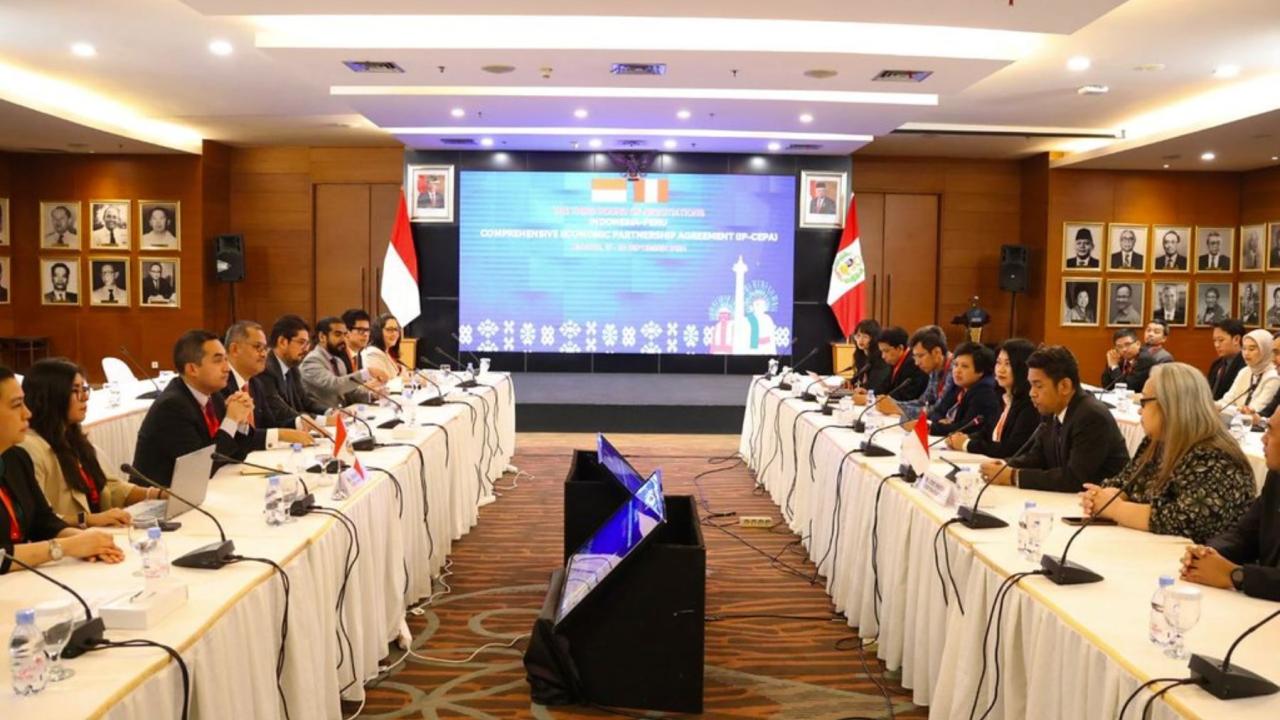
Key chapters were negotiated to boost trade and mutual investment, including the working groups on Market Access, Rules of Origin, Customs and Trade Facilitation, Technical Barriers to Trade, and Legal and Institutional Affairs.
Peru's Minister of Foreign Trade and Tourism, Desilú León Chempén, reported today that officials from the South American country and Indonesia held the third round of negotiations for a Comprehensive Economic Cooperation Agreement (CEPA) in the city of Jakarta, Indonesia.
He explained that during this round, held from September 17 to 20, key chapters were negotiated to promote trade and mutual investment, including the working groups on Market Access, Rules of Origin, Customs and Trade Facilitation, Technical Barriers to Trade, and Legal and Institutional Affairs.
“The Comprehensive Economic Cooperation Agreement between Peru and Indonesia is part of a commercial diversification strategy that will allow Peru to consolidate its presence in Southeast Asia. With the upcoming opening of the Port of Chancay, which shortens the time it takes to transport goods to Asia, these markets represent great potential for our offer, particularly for agricultural products,” said Minister Desilú León.
Better conditions
He added that a trade agreement with Indonesia will allow for the elimination of tariffs on products such as cocoa, grapes, tara and others.
"To date, Peru has agreements with its main trading partners in Asia, which is why it is pending to incorporate Indonesia, the fourth most populous country in the world and the largest and most dynamic economy in Southeast Asia, as a new trading partner," revealed the head of Mincetur.
He added that it had been agreed to hold the fourth round of negotiations at the end of October, reaffirming the interest of both countries in reaching an agreement as soon as possible.
Trade exchange
In recent years, trade between Peru and Indonesia has experienced remarkable growth.
In 2023, Peruvian exports to Indonesia totaled US$ 62 million, with non-traditional exports standing out, especially in products such as cocoa beans (58%) and grapes (12%).
Likewise, in the same year, Peruvian exports of minerals such as zinc (10%) and calcium phosphates (9%) stood out.









